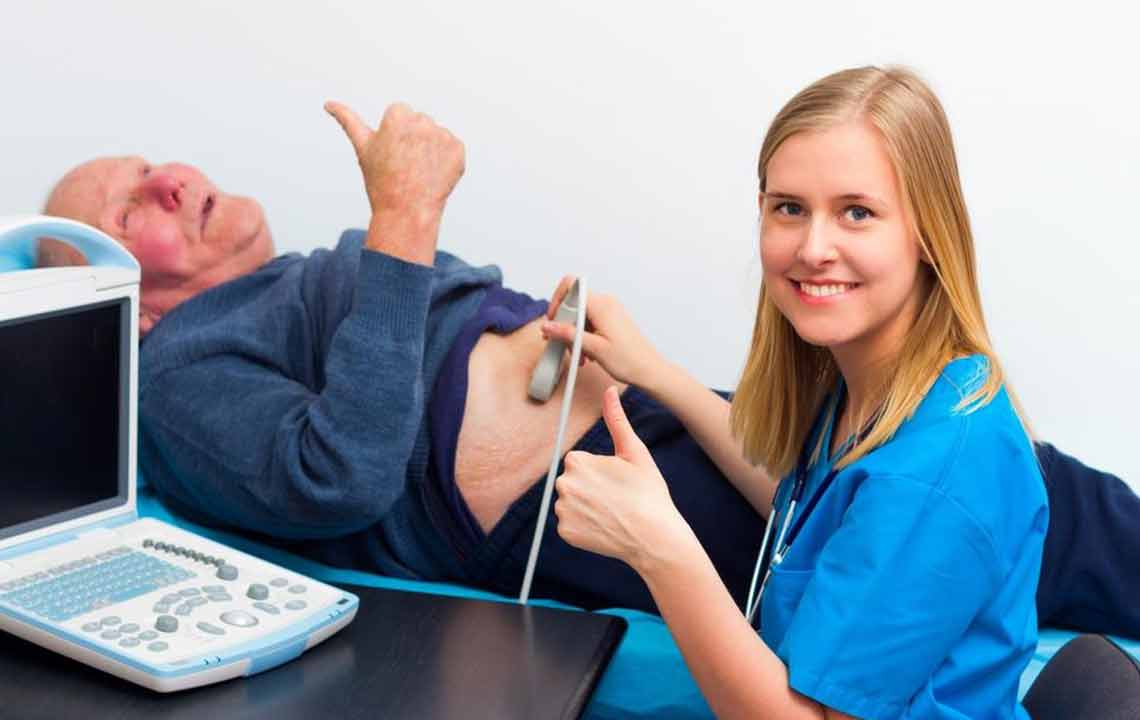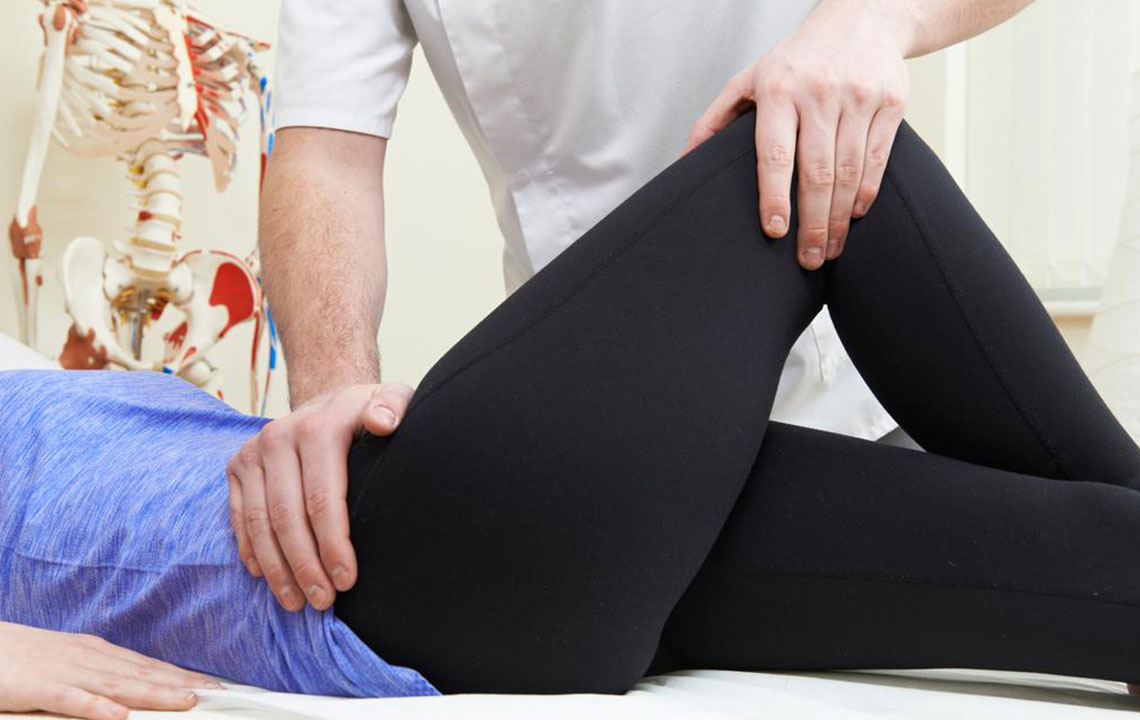Comprehensive Approaches to Hernia Management and Treatment
Discover effective hernia treatments including lifestyle changes, medications, exercises, and surgical options. Early diagnosis and professional guidance are essential for managing hernia symptoms and preventing complications. Learn about various hernia types and the latest minimally invasive surgical techniques for optimal recovery and health.

Comprehensive Approaches to Hernia Management and Treatment
A hernia develops when an internal organ protrudes through a weakness in the surrounding muscle or tissue. It most frequently appears in the abdominal region, where intestinal segments push through the abdominal wall, but can also be found in the upper thigh, near the navel, or groin. Different hernia types are classified based on the affected organ and location.
Inguinal hernia
This type occurs when the intestine protrudes through a weakened spot in the lower abdominal wall and is the most prevalent form.
Hiatal hernia
This happens when part of the stomach bulges into the chest cavity through the diaphragm, which separates the lungs from abdominal organs.
Umbilical hernia
Typically seen in infants under six months, this hernia involves intestinal protrusion near the belly button.
Incisional hernia
This develops at surgical sites in the abdomen where weakened tissue allows intestine to push through the scar or surrounding area.
Femoral hernia
Commonly occurs when fatty tissue or bowel protrudes through the upper thigh into the femoral canal, often near the groin.
Approaches to Hernia Treatment
Effective management of hernia symptoms can often be achieved through various treatment options.
Lifestyle modifications
Adapting dietary habits can alleviate symptoms, especially in hiatal hernias. Avoid heavy meals, lying down immediately after eating, and maintain a healthy weight. Avoid foods that trigger reflux and smoking.
Medication
Over-the-counter antacids and acid reducers can help manage hernia symptoms, providing relief and preventing complications.
Physical exercises
Specific exercises may help strengthen muscles and reduce hernia discomfort. For example:
Lie on your back with your legs elevated, and with assistance, gently resist spreading or raising your legs.
Perform gentle self-massage by pressing below the rib cage and moving downward toward the belly button for five minutes daily.
Consume warm water upon waking, then stand with arms extended, rise onto your toes, and drop swiftly several times to help reposition the stomach and strengthen the diaphragm.
Always consult a healthcare provider before starting these exercises as individual results vary.
Surgical Intervention
When hernia size increases or causes significant pain, surgery is often recommended. During the procedure, the organ is repositioned, or in cases of strangulation, removed. The abdominal wall defect is closed, often with mesh reinforcement. Recognizing early hernia symptoms is crucial, as untreated hernias can pose serious health risks.
Types of Hernia Surgeries
Open surgery involves a single incision where the organ is pushed back, and the tissue is sutured. Typical recovery may take up to three weeks, with light activity resuming after six weeks.
Minimally invasive laparoscopic surgery uses small incisions, a camera, and instruments to repair the hernia, usually offering quicker recovery and less discomfort.
Most hernias are manageable with prompt treatment, and surgical repair prevents further complications. Always consult a healthcare professional for personalized treatment options.










